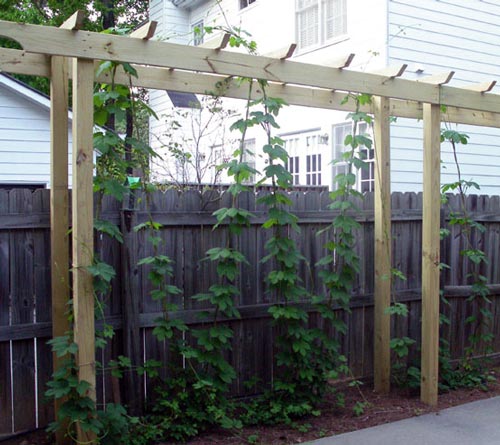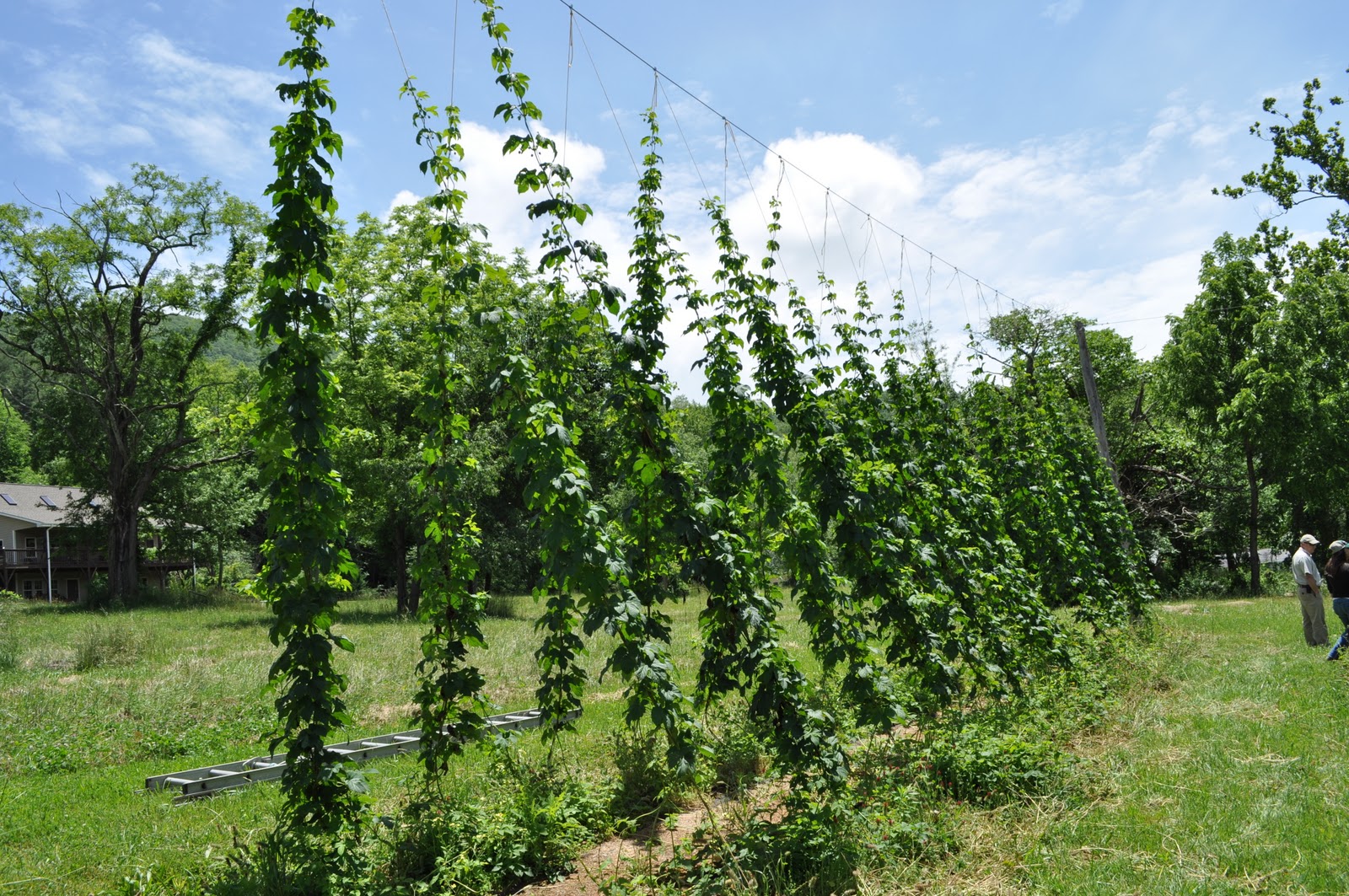 When I’m not writing articles for American Craft Beer, I spend my days working in a brew-on-premise, teaching eager people everything they have ever wanted to know about how their favorite beverage is made. People are surprised and intrigued by all the different malts, and curious about yeast and what it does, but what I find to be the most interesting and (for the most part) confusing for people is the tiny cone-shaped flower that gives beer such enticing aroma and depth. For the majority of people, hops seem to be something they have all heard of, but something they have never really thought about. There seem to be many misconceptions about the bright green flowers, like the thought that they contribute to the alcohol content. I also often hear people claim that they “hate hops,” not realizing that hops are subtle and essential components to their favorite beers.
When I’m not writing articles for American Craft Beer, I spend my days working in a brew-on-premise, teaching eager people everything they have ever wanted to know about how their favorite beverage is made. People are surprised and intrigued by all the different malts, and curious about yeast and what it does, but what I find to be the most interesting and (for the most part) confusing for people is the tiny cone-shaped flower that gives beer such enticing aroma and depth. For the majority of people, hops seem to be something they have all heard of, but something they have never really thought about. There seem to be many misconceptions about the bright green flowers, like the thought that they contribute to the alcohol content. I also often hear people claim that they “hate hops,” not realizing that hops are subtle and essential components to their favorite beers.
One thing people are always very surprised to learn is that there are countless varieties of these pretty little flowers. It seems that most people think that “hops are hops” and that is the end of it. In reality, hops are very much like apples: they are all apples, but a Granny Smith is nothing like a Honey Crisp; same thing with Chinooks and Mt. Hoods.
The second misconception I find interesting is that many of the people I talk to about hops have this idea that hops are tropical, or at the very least, don’t grow anywhere near them. The reason this is so intriguing to me is that pre-prohibition, the largest hop-growing region in the United States was Western Pennsylvania and New York. In other words, most of the people I talk to have no idea that they could easily grow these thriving vines in their backyard and yet no one knows about them.
 Luckily, there are a few people here in Pittsburgh who are looking to break the silence on hop growing and to bring the industry back to this fruitful part of the country. Recently I met with a young man named Noah Petronic who is in his 2nd year of commercial hop growing on a small parcel of land shared with one of Pittsburgh’s favorite orchards, Soergel’s.
Luckily, there are a few people here in Pittsburgh who are looking to break the silence on hop growing and to bring the industry back to this fruitful part of the country. Recently I met with a young man named Noah Petronic who is in his 2nd year of commercial hop growing on a small parcel of land shared with one of Pittsburgh’s favorite orchards, Soergel’s.
Noah was able to harvest 200 plants this year, much of it going to Full Pint Brewing who was able to produce a beautifully wet-hopped version of their Chinookie IPA using Noah’s Chinook hops. With continued partnership from Full Pint and growing interest from others (including Pittsburgh-based Wigle Whiskey, who is experimenting with a hopped whiskey), Noah has 600 of these beautiful beanstalk-looking plants ready to go for next year!
Noah explains that weeding and defoliation is a pretty difficult part of the job, but he has help for that; two Katahdin Hair Sheep who delight in grazing pesky weeds and foliage, and provide hours of entertainment for his adorable Corgi, Josie, who likes to herd them. “I think I need to get her more sheep,” Noah joked.
Noah is also looking into building a picker to aid in the difficulties of harvest. In fact, when asked about the spreading interest in hop growing, he was delighted that others may follow his example, hoping that they may want to go in on the picker together. This is something I’ve noticed about the craft beer industry as a whole – when someone needs something, you help them. It’s about community, not competition, and this mindset seems to extend to these fragrant flowers as well.
It’s wonderful to see this fascinating industry return to the Northeast, providing agricultural opportunities that will hopefully grow as craft beer continues its success. I will absolutely be returning to Soergel’s to check out the new crop of 5 varieties (Chinook, Cascade, Centennial, Newport, and Mt. Hood) as they begin to bloom early next spring. Until then, maybe I’ll try to force my own indoors!
 American Craft Beer The Best Craft Beer, Breweries, Bars, Brewpubs, Beer Stores, And Restaurants Serving Serious Beer.
American Craft Beer The Best Craft Beer, Breweries, Bars, Brewpubs, Beer Stores, And Restaurants Serving Serious Beer.
